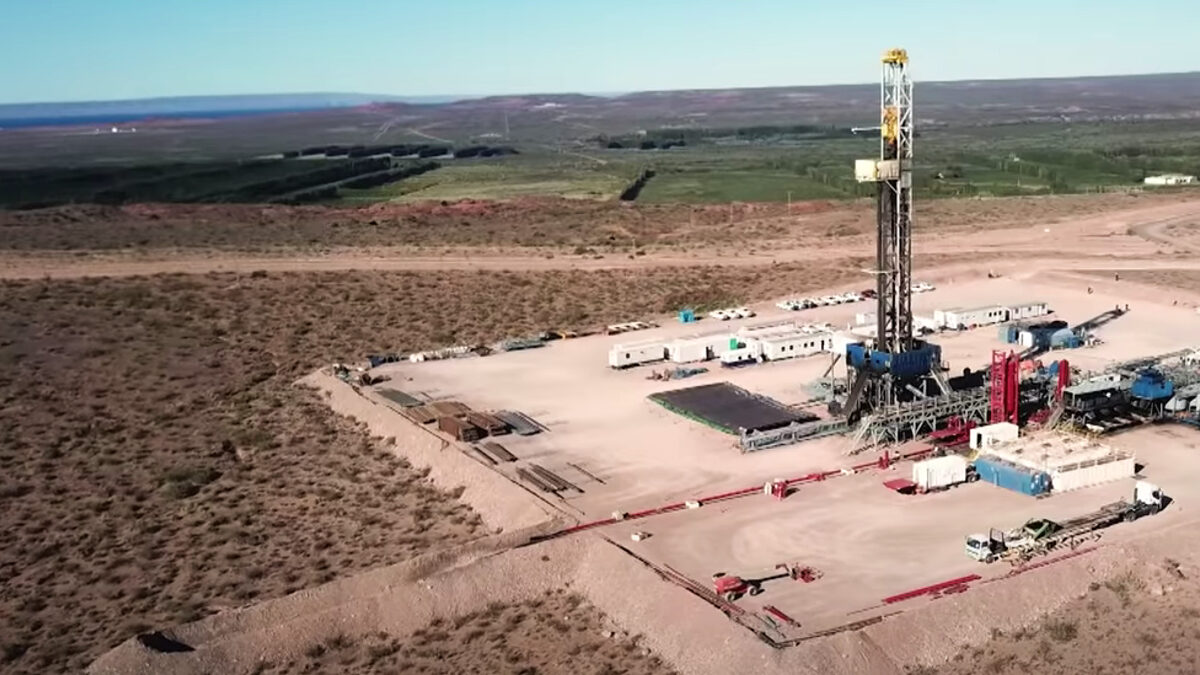In eight months of RIGI, two projects have already been approved and there are investments for USD 15.2 billion under evaluation.


Eight months after the implementation of the Large Investment Incentives Regime ( RIGI ), the government has registered eleven investment projects, two of which have already been approved and nine are under evaluation . The program, promoted as one of the main initiatives of Javier Milei 's administration to attract foreign capital, has so far received commitments totaling USD 15.2 billion, concentrated in strategic sectors such as energy, oil, gas, and mining.
According to official information released by Bloomberg Línea , the projects already approved include the El Quemado Solar Park, developed by YPF Luz in Mendoza, with a planned investment of USD 211 million, and the Vaca Muerta Oleoducto Sur megaproject by VMOS SA, which includes an investment of USD 2.486 billion to build a 437-kilometer oil pipeline between Allen (Río Negro) and Punta Colorada, in addition to storage tanks and a maritime terminal for crude oil exports.
Meanwhile, the Ministry of Energy is analyzing the incorporation of nine other initiatives. These include Galan Litio's Hombre Muerto Oeste project in Catamarca, with an investment of USD 217 million; Posco Argentina's Sal de Oro project in Salta, aimed at the production of lithium derivatives, with an investment of USD 633 million; and Minas Argentinas' Gualcamayo project in San Juan, with an estimated investment of USD 1 billion for mining expansion and renewable energy generation.
In the first quarter of the year, Argentina once again achieved a positive energy trade balance. The country reached USD 1.872 billion, driven primarily by USD 2.534 billion in exports, an 8% increase compared to 2024.
The energy sector continues to grow. pic.twitter.com/od8WUimDJi
Also under evaluation are Southern Energy's LNG project in Río Negro, with an investment of USD 6.878 billion; Sidersa's new long steel plant in San Nicolás, Buenos Aires, with an investment of USD 296 million; and the Olavarría Wind Farm of PCR and Acindar, with an investment of USD 255 million. These projects include Ganfeng's Mariana Project in Salta, with an investment of USD 273 million; McEwen Mining's Los Azules copper exploration project in San Juan, with an investment of USD 227 million; and Rio Tinto's Rincón Project, also in Salta, which contemplates investments of USD 2.724 billion.
These developments are focused on sectors considered priorities for the country's productive transformation, in line with the official strategy of promoting value-added exports.
The regime establishes two types of projects: those exceeding a minimum investment of USD 200 million and Long-Term Strategic Export Projects, with a minimum investment of USD 2 billion. To retain tax, customs, and exchange benefits, companies must meet partial investment goals during the first few years. The regulations stipulate that the application deadline is August 2026, with the possibility of an additional year, and set a maximum resolution time of 45 business days for each application.
The ruling party asserts that the RIGI will not have a fiscal impact in 2025, as the tax benefits will only be applied when investments actually begin to generate income or defer the payment of taxes such as VAT.
In the government's view, the regime provides a predictable framework for long-term investments. They are confident that the recent partial easing of the exchange rate controls and the progress in negotiations with the IMF will help accelerate the inflow of capital. The private sector, meanwhile, while acknowledging improvements in macroeconomic conditions, warns that regulatory and infrastructure challenges persist that could delay the execution of some projects.
With two projects approved and nine more under evaluation, the RIGI is beginning to gain momentum, and the government is betting that, if economic stability continues, the first major infrastructure projects will begin to materialize between 2025 and 2026.
elintransigente





